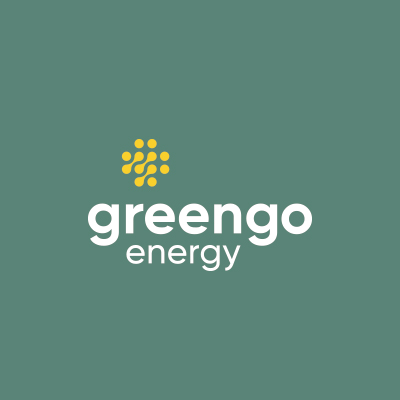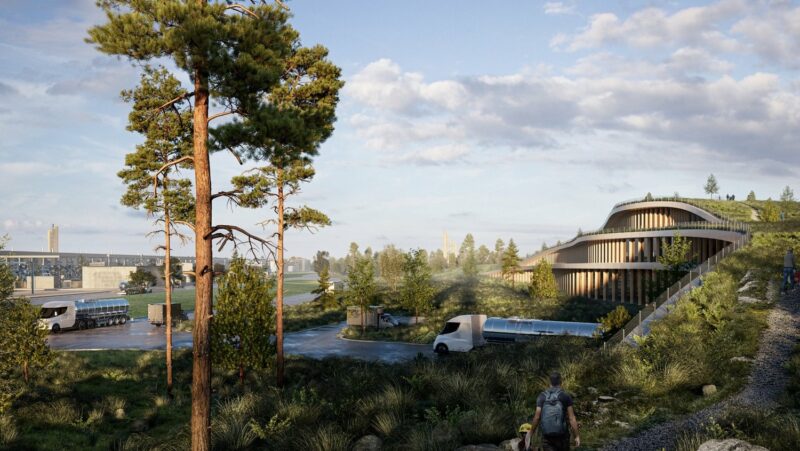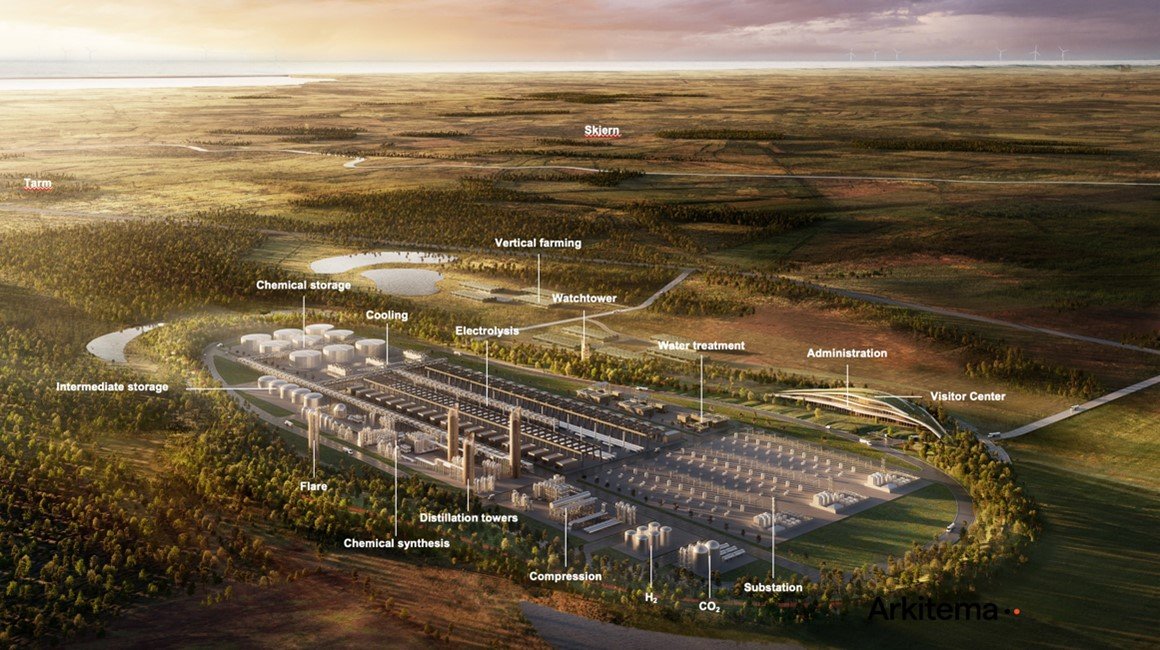The Megaton Energy Park, currently under development by GreenGo Energy represents a holistic and integrated approach to these challenges. Estimated to be fully implemented by 2031 concurrent with the commissioning of the North Sea tender wind farms, the project will combine 4 GW of solar and wind power with an up to 2 GW electrolysis facility to produce over 1 million tons of green fuels annually. Located in an area close to the North Sea the project is ideally situated for the provision of offshore wind power.
The project is to be implemented in two phases:
- Phase 1 with 200 MW onshore wind and 200 MW solar with an up to 200 MW electrolysis
- Phase 2 with 1,800 MW offshore wind from the North Sea Tender Wind Farms to be matched with around 1,800 MW solar with and up to 1,800 electrolysis
Optimising the use and production of resources to the fullest
The Megaton project reimagines every production stage to incorporate circularity principles thoroughly to save resources and maximise production sustainability. This includes the operational use of 7MT of purified wastewater in the electrolysis process, minimising the need of freshwater resources. To produce e-fuels, carbon will be captured from local biogas producers, contributing to a circular carbon cycle. Part of the surplus heat of more than 2 TWh will be able to contribute to the local district heating system, ensuring a green and affordable heat supply for the long-term benefit of a large part of the municipality’s citizens. Surplus heat and green power from the portfolio of new wind and solar parks are also intended to be used for new industries in the area such as greenhouses and vertical farming on an industrial scale.
Local ownership and cooperation as the basis of project planning
The Megaton project will extend its innovation to community engagement and sustainability. A central element of GreenGo Energy’s strategy is fostering local ownership, empowering residents to invest in and benefit from the project’s success. GreenGo Energy is actively involving the local communities in its planning phases, addressing their input and concerns. This collaborative approach has e.g., led to plans for using surplus soil from construction to create a landscaped terrain that enhances local biodiversity with spruce, pine, grass, and wildflowers, and conceals the Energy Park. Recreational plans for the community include nature trails, mountain bike paths, and playgrounds.












